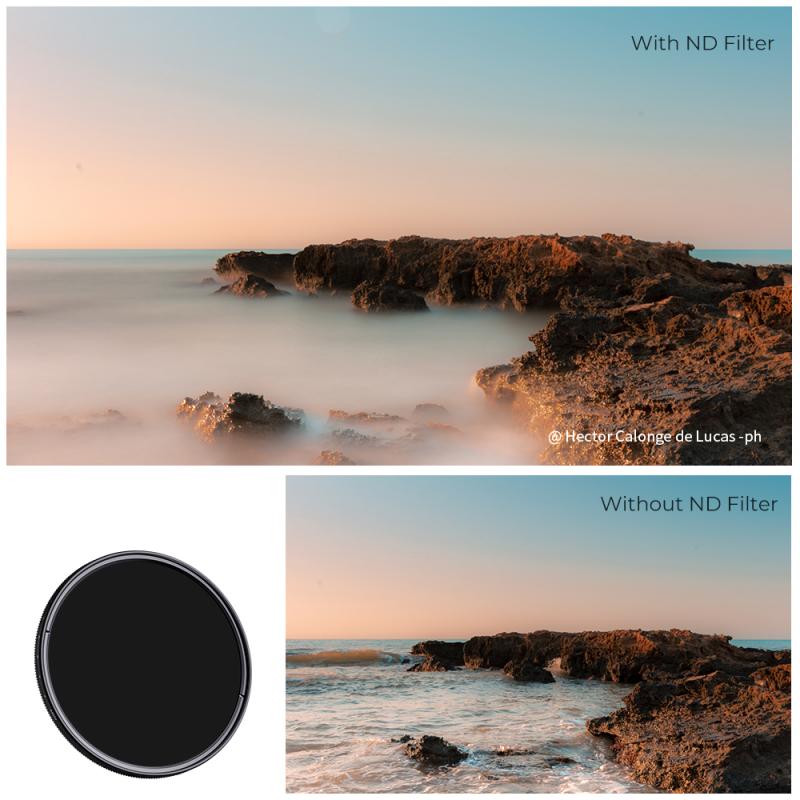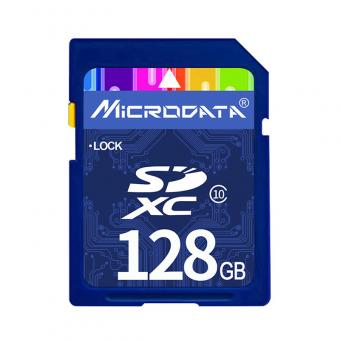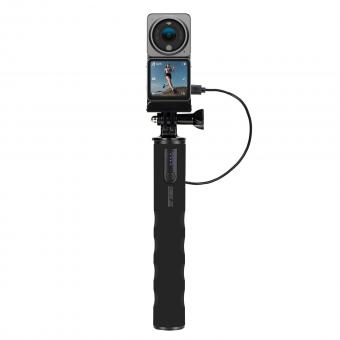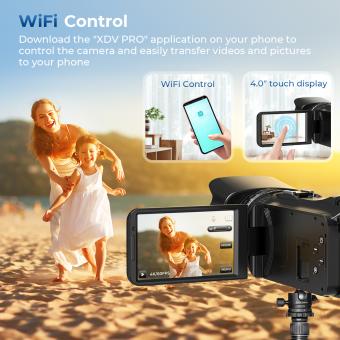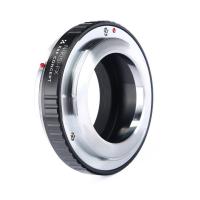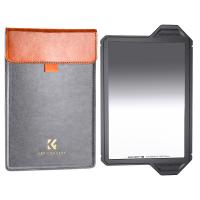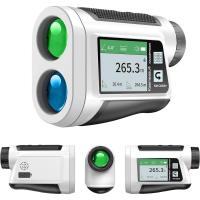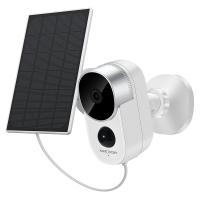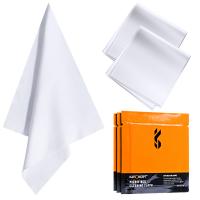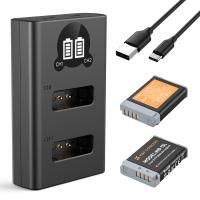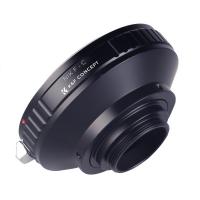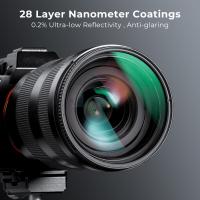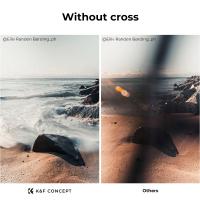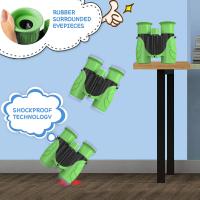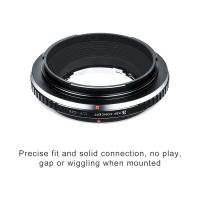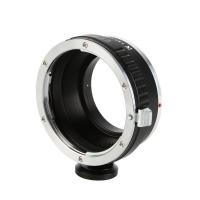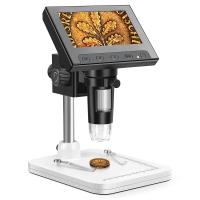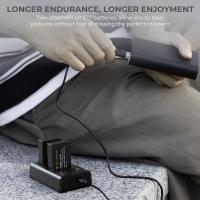How To Compare Digital Camera Processor Speed ?
To compare digital camera processor speed, you can look at the camera's specifications and compare the processor type, clock speed, and number of cores. Generally, a higher clock speed and more cores will result in faster processing times. You can also look at reviews and performance tests to see how the camera performs in real-world situations. Additionally, comparing the camera's burst mode and continuous shooting capabilities can give an indication of its processing speed.
1、 Clock speed
To compare digital camera processor speed, one of the most important factors to consider is the clock speed. The clock speed refers to the number of cycles per second that the processor can execute. Generally, a higher clock speed means that the processor can perform more operations per second, resulting in faster processing times.
However, it is important to note that clock speed is not the only factor that determines processor speed. Other factors such as the number of cores, cache size, and architecture also play a significant role in determining overall performance.
In recent years, there has been a shift towards more efficient and powerful processors in digital cameras. For example, some cameras now use processors based on ARM architecture, which are known for their low power consumption and high performance. Additionally, some cameras now feature multiple processors or dedicated image processing units, which can significantly improve processing speed and image quality.
When comparing digital camera processor speed, it is important to consider the specific needs and use cases of the user. For example, a professional photographer may require a camera with a high-end processor to handle large files and complex image processing tasks, while a casual user may not require such high performance.
In conclusion, while clock speed is an important factor in comparing digital camera processor speed, it is not the only factor to consider. Other factors such as the number of cores, cache size, and architecture also play a significant role in determining overall performance. Additionally, advancements in processor technology have led to more efficient and powerful processors in digital cameras, which can significantly improve processing speed and image quality.
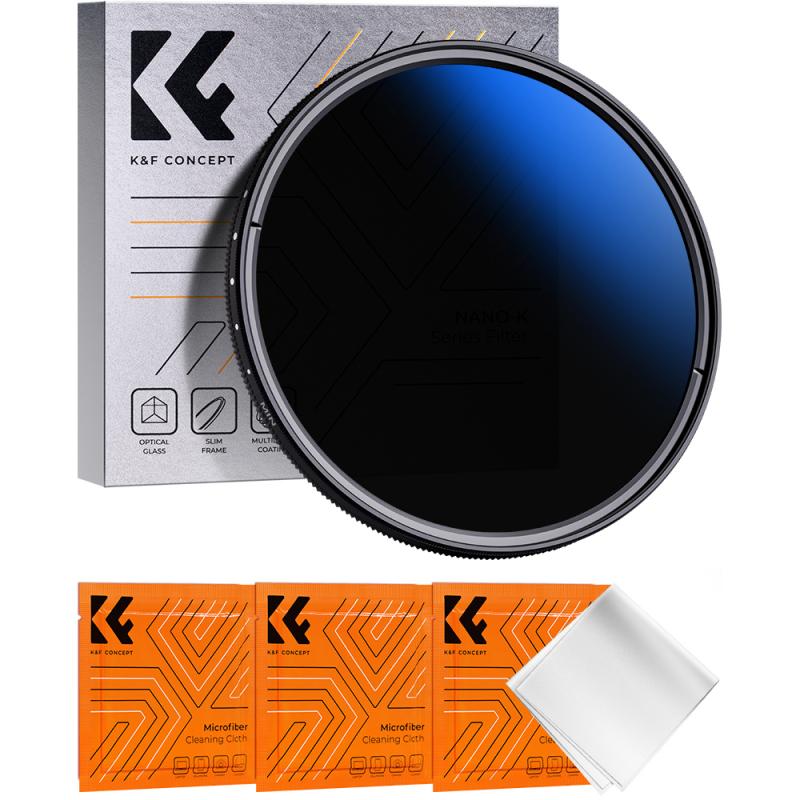
2、 Number of cores
One way to compare digital camera processor speed is by looking at the number of cores. The more cores a processor has, the faster it can perform tasks. For example, a quad-core processor can handle four tasks simultaneously, while a dual-core processor can only handle two.
However, it's important to note that the number of cores is not the only factor that determines processor speed. The clock speed, cache size, and architecture also play a role. Additionally, newer processors may have more efficient designs that allow them to perform better than older processors with more cores.
Another consideration is the type of tasks the processor will be performing. Some tasks, such as image processing and video encoding, require more processing power than others. In these cases, a processor with more cores may be more beneficial.
It's also worth noting that the processor is just one component of a digital camera. Other factors, such as the sensor and lens, also play a significant role in image quality and overall performance.
In summary, while the number of cores is a useful metric for comparing digital camera processor speed, it's important to consider other factors as well. The latest point of view is that newer processors with more efficient designs may outperform older processors with more cores.
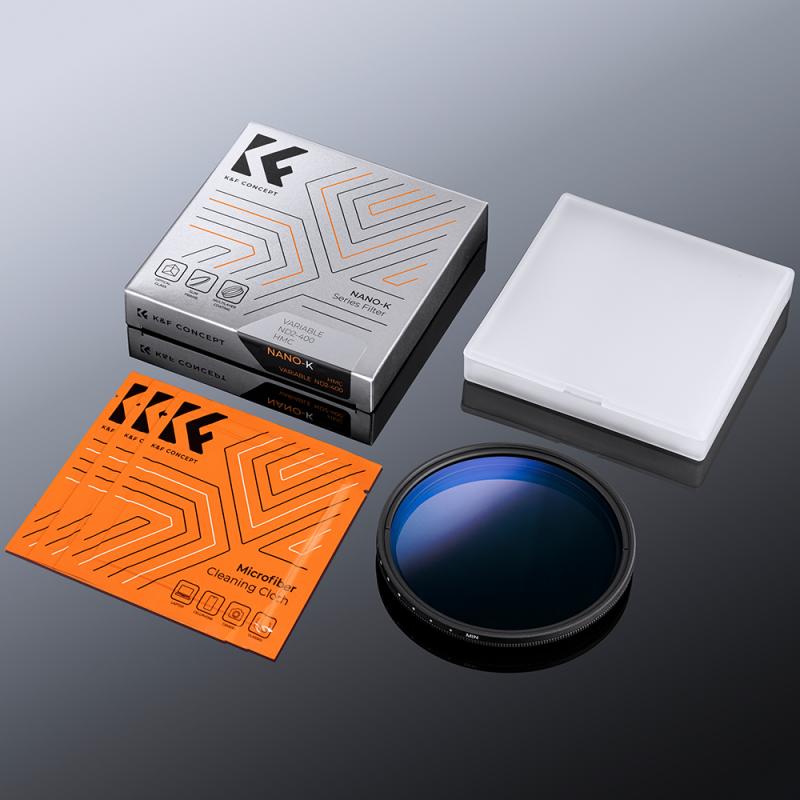
3、 Cache size
One way to compare digital camera processor speed is by looking at the cache size. The cache is a small amount of memory that the processor uses to store frequently accessed data. A larger cache size means that the processor can access data more quickly, which can result in faster processing times.
When comparing cache sizes, it's important to note that bigger isn't always better. A larger cache size can improve performance, but it also increases the cost and power consumption of the camera. Additionally, the cache size is just one factor that affects processor speed. Other factors, such as clock speed and the number of cores, also play a role.
It's also worth noting that the latest point of view on processor speed is shifting towards more efficient and specialized processors. For example, some cameras now use dedicated image processing units (IPUs) to handle tasks like noise reduction and image stabilization. These IPUs can be more efficient and effective than a general-purpose processor with a large cache.
In summary, while cache size is one way to compare digital camera processor speed, it's important to consider other factors and the latest developments in camera technology.
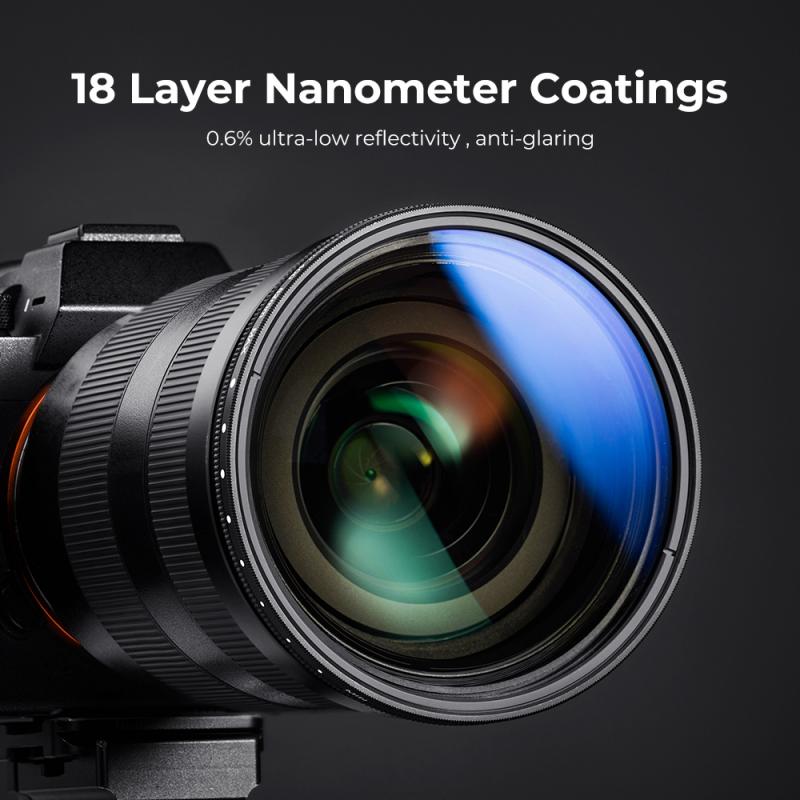
4、 Image processing algorithms
To compare digital camera processor speed, one needs to consider the image processing algorithms used by the camera. Image processing algorithms are responsible for converting the raw data captured by the camera's sensor into a final image. The speed at which these algorithms can process the data is directly related to the camera's processor speed.
One way to compare processor speed is to look at the camera's frames per second (FPS) rate. This measures how many images the camera can capture and process in one second. A higher FPS rate indicates a faster processor speed and better performance in capturing fast-moving subjects.
Another factor to consider is the camera's buffer size. The buffer is a temporary storage area where the camera stores images before they are processed. A larger buffer size allows the camera to capture more images in quick succession without slowing down.
The latest point of view is that newer cameras are equipped with more advanced processors that can handle more complex image processing algorithms. These algorithms can improve image quality, reduce noise, and enhance color accuracy. However, these advanced algorithms require more processing power, which can slow down the camera's performance.
In conclusion, to compare digital camera processor speed, one needs to consider the camera's FPS rate and buffer size. Additionally, the latest point of view is that newer cameras with more advanced image processing algorithms require more processing power, which can affect the camera's performance.
